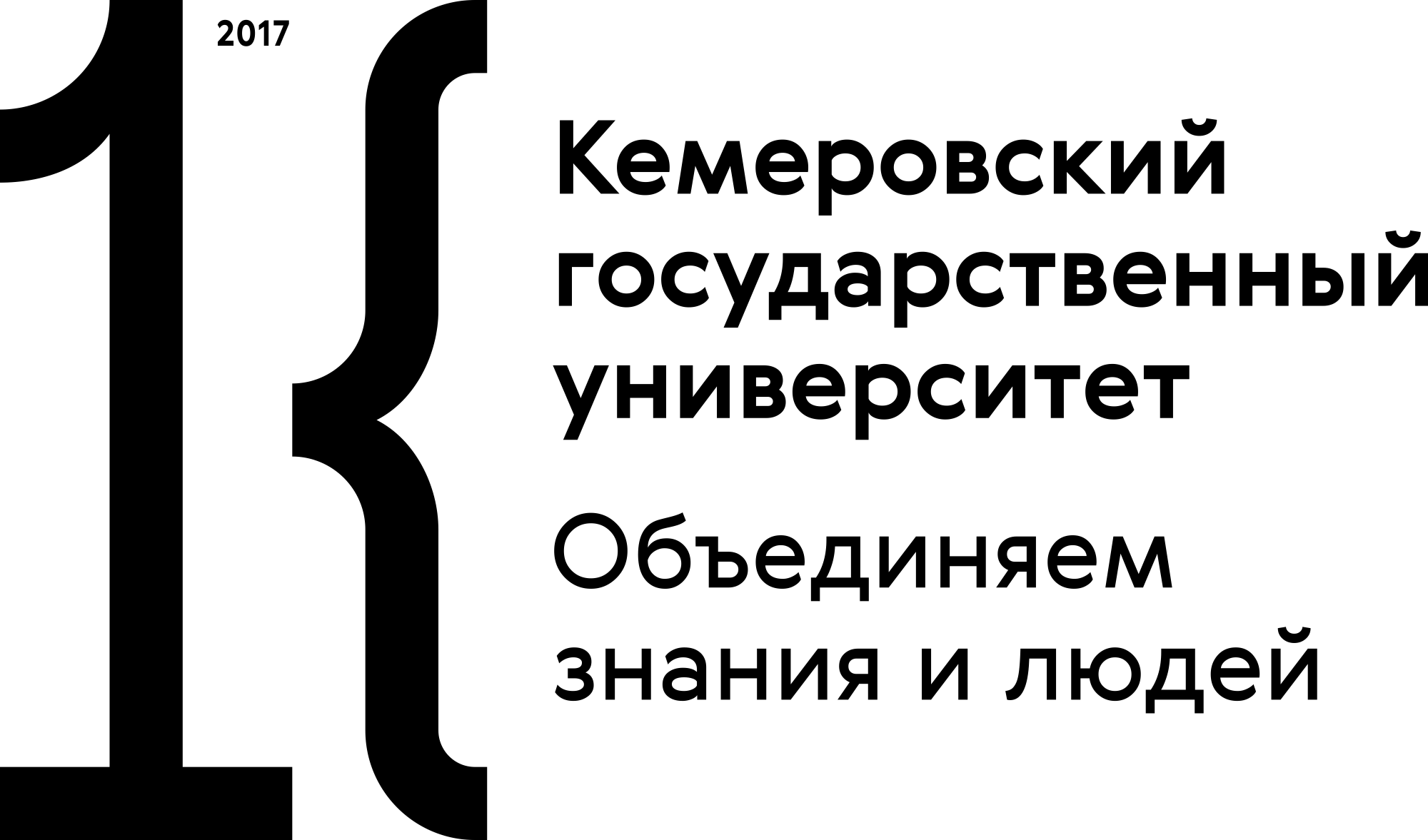Исследован состав липидов из ягод, плодовых оболочек и семян облепихи сорта «Чуйская», полученных методами экстракции фреоном 22 и ферментативным гидролизом. Проведен анализ образцов на жирнокислотный состав, кислотное и перекисное число и исследованы кривые плавления методом дифференциальной сканирующей калориметрии (ДСК). Метод ДСК применим для установления происхождения исходного сырья и способа выделения облепихового масла.
облепиховое масло, Алтайский край, способ получения, дифференциальная сканирующая калориметрия.
1. INTRODUCTION
Sea buckthorn berries are rich in vitamins, carotenoids, flavonoids, proteins, antioxidants, amino acids, fatty acids, and phytosterols [1]. The most valuable component of sea buckthorn berries is their oil. The oil from the sea buckthorn pulp and seeds is characterized by a high content of lipids, including tocopherols, tocotrienols, carotenoids, and ω-3 and ω-6 polyunsaturated fatty acids [2, 3]. The composition of the sea buckthorn seeds and pulp varies in accordance with the subspecies, cultivar, soil and climate conditions, origin, cultivation activities, harvesting time, and extraction method [3]. The aim of this study is to explore the possibility of identifying samples of sea buckthorn oil derived from different parts of sea buckthorn berries by differential scanning calorimetry (DSC).
2. MATERIALS AND METHODS
2.1 Berries
Berries of the Chuy sea buckthorn cultivar harvested on commercial plantations of the Lisavenko Research Institute of Horticulture for Siberia of the Russian Academy of Agricultural Sciences in 2012 were used.
Samples of sea buckthorn oil extracted with difluorochloromethane (Freon 22) from the crushed pulp (prepared by juicing the berries), the kernel (seed), and the berry shells and oil samples prepared by the enzymatic method were studied.
2.2. Sample Preparation
The extraction of sea buckthorn oil was conducted in an extractor for 8 h with the subsequent removal of Freon 22.
The Protosubtilin and CelloLux-A enzymes in a ratio of 1 : 1 were used to derive oil by enzymatic hydrolysis.
2.3. Study of Melting Process
The melting of the samples was studied by DSC using a DSC-60 instrument (Shimadzu, Japan). The weighed portion was 10.0 ± 0.5 mg. The measuring cell was cooled with liquid nitrogen to a temperature of 100°C. The experiments were conducted in a temperature range of 100°C to 50°C at a heating rate of 10°C/min. The experiments were conducted in a nitrogen environment at a gas flow rate of 40 cm3/min. The α-quartz was used to bring the system into the state of equilibrium. The instrument was calibrated against indium (Тmelt = 156.6°C, ΔНf = 28.71 J/g). The calculated data were obtained using the DSC-60 software.
2.4. Determination of Fatty Acid Composition
The fatty acid composition of the oil samples was determined by gas chromatography (GC). The oil samples were converted to their methyl esters and analyzed on a Kristallyuks 4000 gas chromatograph using a flame ionization detector, a 50 m x 0.25 mm FFAP capillary column, and helium as a carrier gas (Hewlett-Packard, Palo Alto, CA). The thermostat temperature was programmed as follows: from 60°C (an isothermal mode for 1 min) to 190°C at a rate of 20°C/min and an isothermal period of 30 min at 190°C. The temperature of the injector and the detector was 250°C.
2.5. Determination of Peroxide and Acid Values
The peroxide and acid values of the samples were determined by standard methods [5, 6].
2.6. Statistical Analysis
All the studies were conducted at least twice. The measurement results were processed by the analysis of variance.
1. Koshelev, Yu.A. and Ageeva, L.D., Oblepikha: Monografiya (Sea Buckthorn: A Monograph), Biysk: Nauchno-Issled. Tsentr, Biysk Gos. Pedag. Univ., 2004.
2. Bal, L.M., Meda, V., Naik, S.N., and Satya, S., Sea buckthorn berries: A potential source of valuable nutrients for nutraceuticals and cosmeceuticals, Food Research International, 2011, vol. 44, no. 7, pp. 1718-1727.
3. Larmo, P., The Health Effects of Sea Buckthorn Berries and Oil, Turku: Univ. Turku, 2011.
4. Gutierrez, L.-F., Ratti, C., and Belkacemi, K., Effects of drying method on the extraction yields and quality of oils from Quebec sea buckthorn (Hippophae rhamnoides L.) seeds and pulp, Food Chemistry, 2008, vol. 106, pp. 896904.
5. AOCS Official Method Cd 8b-90: Acid Value, 2011.
6. AOCS Official Method Cd 8-53: Peroxide ValueAcetic AcidChloroform Method, 2011.
7. Ranjith, A., Kumar, K.S., Venugopalan, V.V., Arumughan, C., Sawhney, R.C., and Singh, V., Fatty acids, tocols, and carotenoids in pulp oil of three sea buckthorn species (Hippophae rhamnoides, H. salicifolia, and H. tibetana) grown in the Indian Himalayas, Journal of American Oil Chemists Society, 2006, vol. 83, no. 4, pp. 359364.
8. Dulf, F.V., Fatty acids in berry lipids of six sea buckthorn (Hippophae rhamnoides L., subspecies carpatica) cultivars grown in Romania, Chemistry Central Journal, 2012, vol. 6, no. 9, pp. 106118.
9. Mörsel, J.-T. and Steen, S., Analysis and identification of sea buckthorn oil of different origin, Proc. 1st Int. Conf. on Seabuckthorn, Berlin, 2003, pp. 810.
10. Tan, C.P. and Che Man, Y.B., Comparative differential scanning calorimetric analysis of vegetable oils: I. Effects of heating rate variation, Phytochemical Analysis, 2002, vol. 13, no. 1, pp. 129141.
11. Gutierrez, L.F., Extraction et caractéristiques des huiles de l´argousier (Hippophaë rhamnoides L.). Une étude des effets de la méthode de déshydratation des fruits sur le rendement d´extraction et la qualité des huiles, Thesis, Quebec: University Laval, 2007, pp. 8797.
12. Metin, S. and Hartel, R.W., Crystallization of fats and oils, in Bailey’s Industrial Oil and Fat Products, Shahidi, F., Ed., New York: Wiley, 2005, vol. 1, 6th ed., pp. 4576.
13. Sato, K. and Ueno, S., Polymorphism in fats and oils, in Bailey’s Industrial Oil and Fat Products, Shahidi, F., Ed., New York: Wiley, 2005, vol. 1, 6th ed., pp. 77120.










